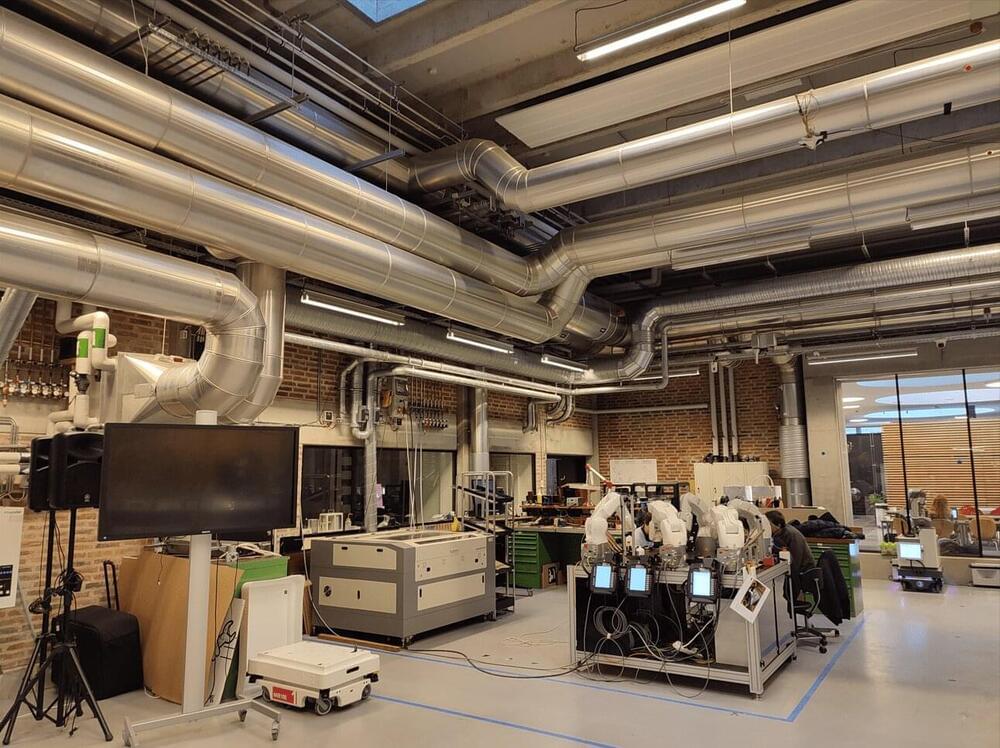Humanoids, robotic or virtual systems with body structures that resemble the human body, have a wide range of real-world applications. As their limbs and bodies mirror those of humans, they could be made to reproduce a wide range of human movements, such as walking, crouching, jumping, swimming and so on.
Computationally generating realistic motions for virtual humanoid characters could have interesting implications for the development of video games, animated films, virtual reality (VR) experiences, and other media content. Yet the environments portrayed in video games and animations are often highly dynamic and complex, which can make planning motions for humanoids introduced in these environments more challenging.
Researchers at NVIDIA Research in Israel recently introduced PlaMo (Plan and Move), a new computational approach to plan the movements of humanoids in complex, 3D, physically simulated worlds. Their approach, presented in a paper published on arXiv preprint server, consists of a scene-aware path planner and a robust control policy.




